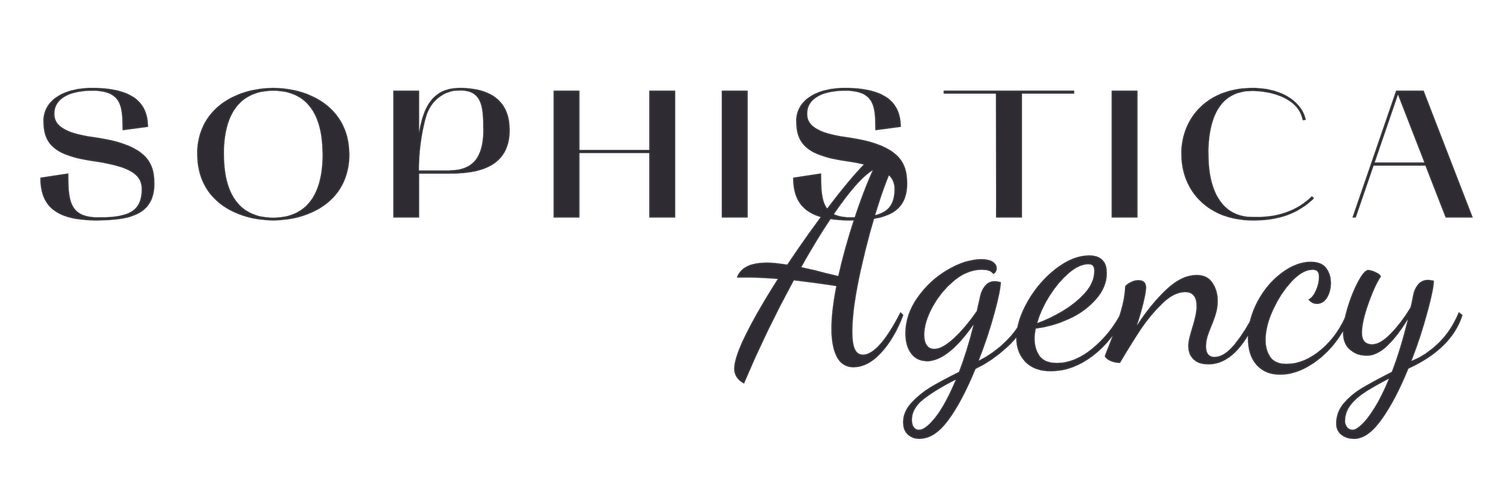Picture Your Success: The Importance of Visual Identity and How to Create a Brand Kit for Your Business
The visual identity of your company or business is all the design elements for your brand and how you incorporate that in your marketing.
Before you create your visual identity, you should be clear on your brand guidelines.
Register now to join the waitlist and be the first to know about my personal branding course.
After defining your brand, you will be ready to start defining your visual identity.
First, you should find a collection of photos for a mood board. You can use Pinterest or Instagram or Google to find these photos, but you will not be using them for any of your actual branding or marketing because you don't have credit for these photos. They will simply be inspiration. Find photos that *feel* like how you want your brand to look. I know that's a vague description, but you'll know it when you see it. You can search for photos that are described by your brand's keywords if you need a place to start. They can be photos of anything. It could be flowers or scenes from nature, interior design or textures of fabrics or walls. You could add a photo of someone else's graphic design or branding (only for inspiration, not to directly copy from). When you have anywhere from 10 to 20 photos saved, narrow them down to 5 or 6 that look especially similar. Then take note of what these similarities are. Do they all come across as light and airy or dark and moody? Are there certain repeating colors? Use these photos as inspiration for your branding.
Next, you should decide on fonts and colors. Use your brand's personality and values to make these decisions.
Your brand's voice and tone should be shown in the choice of font that you use. A fun font might be more rounded. A classy font might be more sleek. A modern font might be bold and angled.
You should have a main font and a secondary font. Use different styles of your fonts for variety (like bold or italicized) but you don't want to use too many different fonts. You should determine which font and style you will use for the header, subheaders, and body text. Fonts that are paired together should typically be opposites. A bold, thick font might go with a light, thin font, a serif should go with a sans serif. But this is just a loose guideline.
See below for examples of good font pairings (which fonts look good together) and fonts that covey a certain word or idea. Keep in mind these are just general examples, and these decisions are fairly subjective.
Use color psychology to find out what colors associate with different emotions or thoughts and try to associate your colors with your values. If one of your brand's values is happiness, you might want to use a yellow. If one of your brand's values is feminism, maybe use a pink. But also think of your brand's tone. Is it lighthearted? Then you might want a brighter and lighter shade of a color. Is it moody? You might want to use a darker version. You should use Color theory to choose colors that work well together. Feel free to use your mood board photos to find colors you like as well.
Most brands have three main colors. A primary, secondary, and accent color. Again, this is a loose guideline. You don’t want to use too many different colors, however, or it might get too busy.
Most importantly, you need a logo. Your logo should be simple but it should define your brand and it should be unique but recognizable. For your main logo, you can choose if you want to stick to the name of your brand, an icon, or both. But you should have all of these elements available for various marketing aspects.
Full (primary) logo example:
Full (secondary) logo example:
Logo elements examples:
Your logo elements should look good in color or in black and white. They should also be legible no matter how large or small.
Click here to download my FREE branding kit template!
Full brand kit example:
Pin this post to save for later!












